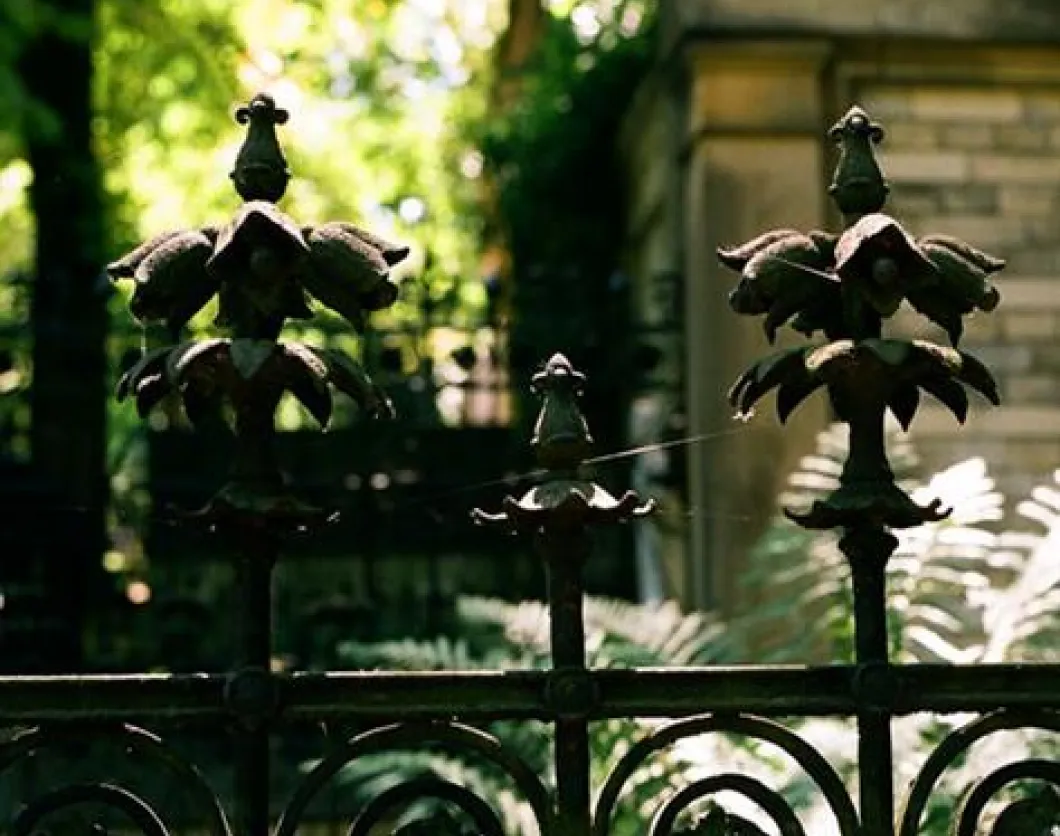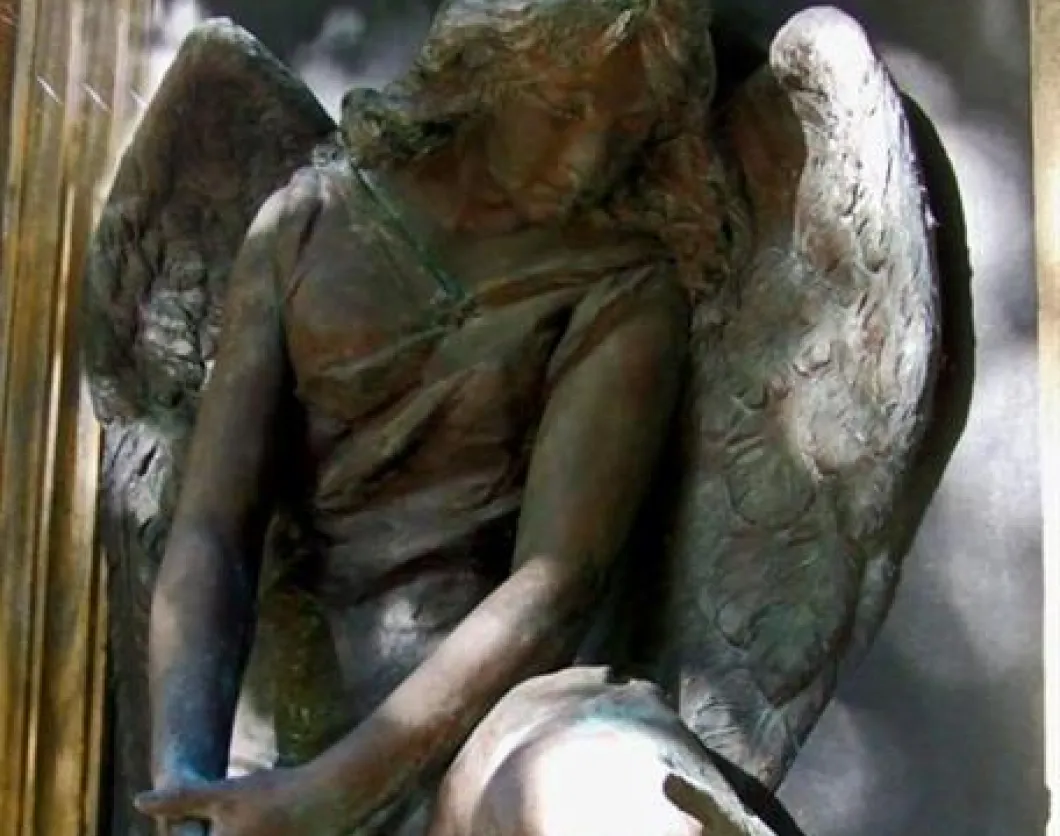There are many places of interest in the German capital of Berlin. A number of architectural treasures lure tourists fond of the historical atmosphere of this famous city. Especially its very moving history after World War II is what attracts a large number of travelers who come to learn about the unfortunate communist era and the differences between what once used to be East and West Berlin. However, there is yet another aspect of Berlin many respect and come to admire.
The long gone past is still very real in any of the 260 cemeteries that are to be found in this city.
The cemeteries vary in size and character and all together take up 1,200 hectares of land in and around the area of Berlin. The surprising number of cemeteries is due to the fact that in the 19th century, when Berlin was made capital of the German Empire, it quickly started spreading into the surrounding areas. And thus, little towns and villages in the vicinity became absorbed – together with their cemeteries.
Nowadays, the cemeteries are a rather odd attraction for tourists. One of the reasons are naturally the personalities buried here. Graves of Felix Mendolssohn Bartholdy, E.T.A. Hoffmann, Marlene Dietrich, Willy Brandt, Rosa Luxemburg and Karl Liebknecht are among the most visited ones. However, many ex-Berliners tend to visit these places as well. They take guided tours of the more ‘fabulous’ burial places and feel they are reliving the history they ran away from. Some of the sculptures are remarkable as well as bronze statues and wall engravings, reliefs and mausoleums. A very striking experience tourists are encouraged to go for is visiting any of the five Jewish cemeteries, including Europe’s largest site of Jewish burial in the Weissensee district.
The cemeteries are surprisingly well maintained, as the local authorities are aware of the importance of keeping this aspect of Berlin’s history alive. However, the maintenance would not be possible without generous donations from private individuals, foundations and the state lottery.
Old Cemetery of Twelve Apostles
The first cemetery of the Protestant Parish of Twelve Apostles, established in 1864 by the royal landscape architect Carl David Bouché (1801-1881) in the style of a Campo Santo. High concentration of grave monuments with considerable artistic value, some rare galvanized bronze sculptures, iron casted fences and a visible historical tree and plant population characterize this worth seeing place. You can find here the gravesites of famous artists of the 19th and 20th century, for example the sculptor Reinhold Begas and the painters Anton von Werner and Robert Warthmüller.
Old St. Matthew`s Cemetery
The cemetery was founded in 1856. It is one of Berlin’s most significant listed graveyards, with more than 60 graves of very important personages, for example the brothers Jacob and Wilhelm Grimm, the doctor and politician Rudolf Virchow, the educationalist Adolf Diesterweg and the composer Max Bruch. Many impressive grave architectures and sculptures are of considerable artistic value, created by architects and artisans of the Prussian Empire, some of them are buried here, for example Friedrich Drake, Heino Schmieden and Alfred Messel.
Stahnsdorf Southwestern Cemetery
On March 28, 1909 the South-Western Cemetery officially opened. Given its size and the vast park/forest-like layout, the South-Western Cemetery developed into one of the largest and best known burial sites in Germany already a few decades later. Several personalities found their final resting place here, such as, among others, Heinrich Zille, Rudolf Breitscheid, Lovis Corinth, Edmund Rumpler, Louis Ullstein, and the Siemens family. The overall impression is definitely influenced by the combination of garden and cemetery art, architecture and sculptures.
Architects and artists such as Franz Seeck, Alfred Grenander, Max Taut, Hugo Lederer, Hermann Hosaeus and Emil Cauer worked here, to mention but a few. Apart from 19th and 20th century tombstone art, the mourning chapel in the style of the Norwegian Stave churches is the core of the South-Western Cemetery. Gustav Werner, royal building surveyor, found his inspiration in Scandinavia and between 1908 and 1911 implemented the chapel building plans. The cemetery achieved thus fame and popularity as a cultural monument, far beyond the boundaries of Berlin.










